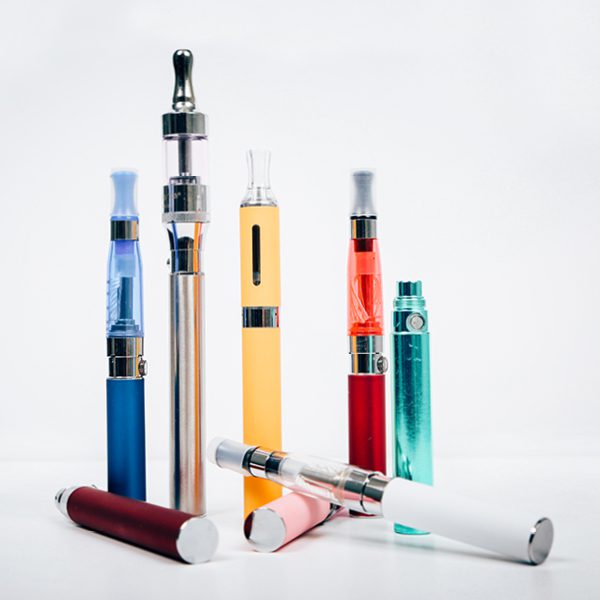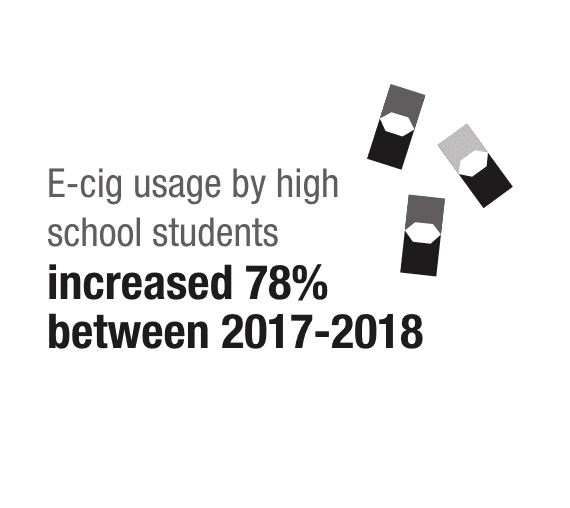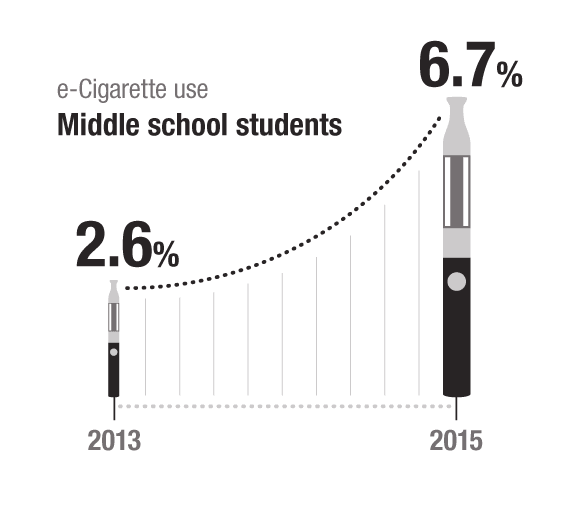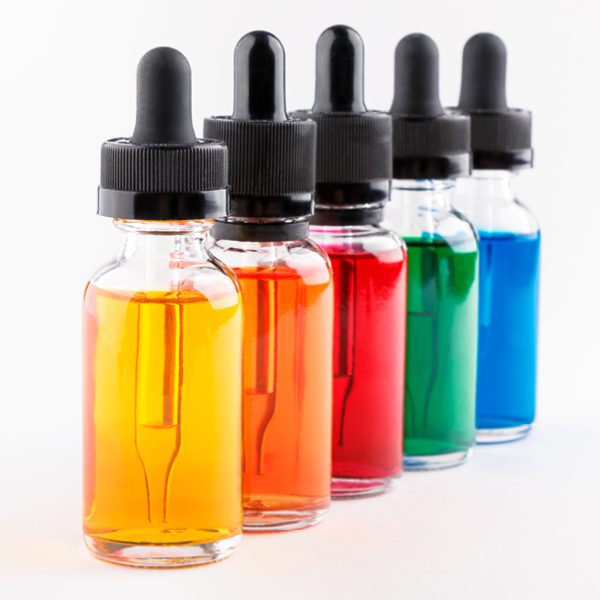Understanding E-Cigarettes & Vaporizing Nicotine Myths
While cigarette smoking is declining, e-cigarette use or “vaping” is on the rise. The phenomenon has kick-started a national debate: Is it harmless? Is vaping healthier than smoking cigarettes? This has started a new trend of nicotine myths. While scientists are still learning about its health effects, there’s still plenty that we do know about the dangers of e-cigarettes.
E-cigarettes are primarily used by smokers who want to quit or want the nicotine without the known cancer-causing chemicals in smoke. While it’s true that vaping does not require inhaling burning tobacco, the e-liquid used in these devices contains highly concentrated nicotine. Nicotine is an addictive, poisonous, tobacco-derived chemical.
On its own — and in all its forms — nicotine poses serious health risks for users and innocent bystanders.
E-CIGARETTES

Electronic cigarettes (or e-cigs) are devices made to provide a cigarette-like experience for the user. They come in a variety of shapes and sizes. Some are shaped like cigarettes, while others resemble common writing pens. They all contain a battery, a heater, and e-liquid containing nicotine. When heated, the e-liquid becomes a chemical vapor which users inhale. Because most e-liquid contains nicotine, e-cigarettes are classified as tobacco products.
YOUTH & NICOTINE


E-cigarette use among young people has grown dramatically in recent years.
Today, more high school students use e-cigarettes than regular cigarettes, and use is higher among high school students than adults.
According to a recent Surgeon General’s report, the nicotine found in e-cigarettes can do serious damage to the developing brains of people aged 25 and younger. Risks include mood disorders, permanent lowering of impulse control, and increased susceptibility to addiction.
When adolescents are exposed to addictive chemicals like nicotine, they’re training their brains at an early age to accept addiction as normal. This could lead to experimentation with other addictive and potentially deadly substances.
SAFETY FIRST

All around the world, young children are gaining access to e-liquids — handling it and even swallowing it — leading to severe nicotine poisoning and even death.
Like any hazardous chemical or poison, all e-cigarettes and e-liquids should be kept out of reach of children. Use childproof containers inside cupboards, on high shelves or in lockable cabinets. When handling e-liquids, be sure to thoroughly clean any spills and wash all surfaces, clothes and skin that come in contact with it.
Learn more about nicotine health hazards.
Click here for tips on how to talk to your kids about the dangers of nicotine and tobacco.







